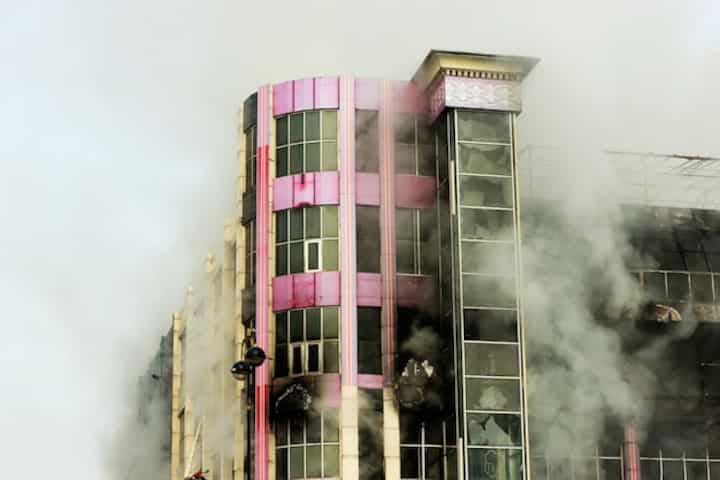
Understanding the Smoke Damage Evaluation Process in Arvada
In the bustling city of Arvada, the occurrence of fires, whether residential or commercial, can lead to significant smoke damage. Understanding the evaluation process for smoke damage is crucial for property owners looking to restore their homes or businesses effectively. This guide delves into the essential steps and considerations involved in assessing smoke damage, providing property owners with the knowledge needed to navigate this challenging situation.
The Importance of Smoke Damage Evaluation
Smoke damage can have far-reaching effects beyond the visible soot and odor. Evaluating the extent of the damage helps determine the necessary remediation efforts and ensures the safety and health of the occupants. Without a thorough assessment, unseen damage can lead to future complications, including structural issues and health risks.
Key Steps in the Smoke Damage Assessment Process
Initial Inspection
The first step in the smoke damage evaluation process is an initial inspection. This involves a comprehensive assessment of the affected areas to identify the extent and type of smoke damage. Professionals use various tools and techniques to detect both visible and hidden damage.
- Visual examination to identify soot deposits and discoloration.
- Use of moisture meters to detect water damage from firefighting efforts.
- Inspection of HVAC systems for smoke residue buildup.
Learn more in this detailed guide about the initial inspection process and its importance in smoke damage evaluation (https://www.smokedamagearvada.com/assessment-and-inspection-services/).
Damage Categorization
Once the initial inspection is complete, the damage is categorized based on its severity and type. This categorization helps in planning the remediation process effectively. The primary categories include:
- Light Damage: Minor soot and smoke odor, often limited to surface cleaning.
- Moderate Damage: Requires more extensive cleaning and potential minor repairs.
- Severe Damage: Significant structural damage and pervasive smoke odor, necessitating major restoration efforts.
Explore further insights here into damage categorization and its impact on restoration (https://www.smokedamagearvada.com/assessment-and-inspection-services/).
Factors Affecting the Evaluation Process
Type of Fire
The type of fire plays a significant role in the smoke damage evaluation process. Different types of fires produce varying levels of smoke and soot, affecting the cleanup strategy. Common fire types include:
- Protein Fires: Typically occur in kitchens and produce a strong odor with minimal soot.
- Complex Fires: Involve multiple materials, creating dense smoke and sticky residue.
- Natural Fires: Result from burning wood and produce dry smoke with powdery soot.
Read more about this topic to understand how fire types influence smoke damage evaluation (https://www.smokedamagearvada.com/assessment-and-inspection-services/).
Duration of Exposure
The length of time that materials are exposed to smoke also affects the evaluation process. Prolonged exposure can lead to deeper penetration of smoke and soot into building materials, resulting in more extensive damage.
- Short exposure may require surface cleaning only.
- Prolonged exposure often necessitates deeper cleaning and possible material replacement.
Find additional information here on how exposure duration impacts smoke damage (https://www.smokedamagearvada.com/assessment-and-inspection-services/).
Conclusion
Understanding the smoke damage evaluation process in Arvada is vital for property owners facing the aftermath of a fire. By comprehending the key steps and factors involved, individuals can better prepare for the restoration journey, ensuring a safe and effective return to normalcy. For those seeking detailed insights into the assessment and inspection services available, explore further here.